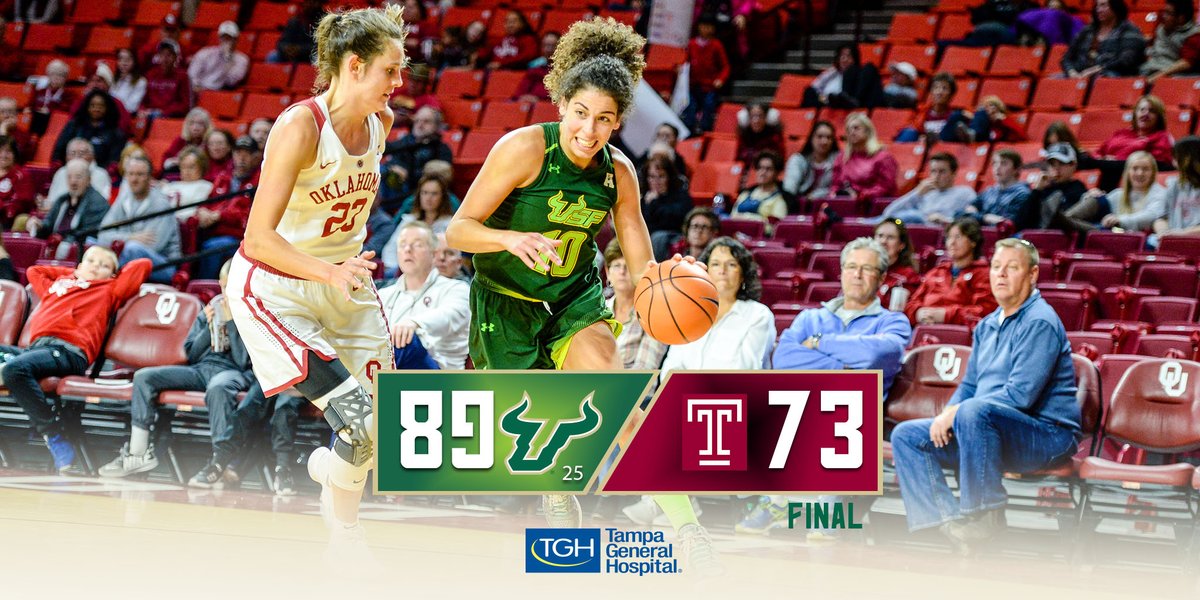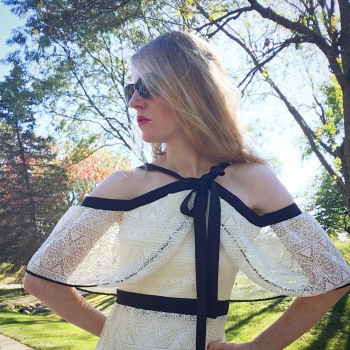
me (R) and my Cambridge friend Eddie Rizzo (L), Provincetown, MA, mid-1950’s
“Even where the affections are not strongly moved by any superior excellence, the companions of our childhood always possess a certain power over our minds which hardly any later friend can obtain.”
— Mary Shelley, Frankenstein; or, The Modern Prometheus (Chapter 24)
“The startling change in preadolescence is that egocentricity, [the] concentration on one’s own satisfactions and securities and the wonderful techniques at one’s disposal for obtaining them, now ceases to be the primary goal in living. The thing that seems most important now is the using of all these techniques to draw closer to another person. It is what matters to this other person, the chum, that is of the utmost importance. In other words, here is the first appearance of the need for intimacy–for living in great harmony with someone else. … When [the preadolescent] discovers that life cannot really be complete without an increasing closeness and harmony with someone else, he begins to develop quite rapidly a personal interest in the larger world.
— Harry Stack Sullivan, The Psychiatric Interview
*****************************************************
Below, following some introductory remarks of my own, are excerpts from the writings of the psychiatrist-psychoanalyst Harry Stack Sullivan.
A gifted writer who is a pleasure to read. A psychiatrist with great acumen and insight.
I do not pretend to any particular or special knowledge. The reason for this post is that I find what Sullivan says hits home and conforms to my own recollections and impressions of my preadolescent years.
**************************************************************
A word or two about my own experience of childhood, in terms of, and related to, what Sullivan says.
The preadolescent stage of development seems to have begun for me at around age nine or ten. Prior to that, I was very attached to my mother.
When my preadolescent phase began, without my being aware, consciously, of what was happening, I suddenly became very interested in “guy things,” which is to say things that boys are supposed to be interested in. Baseball, for example.
I hadn’t paid any attention to baseball before, didn’t even know the rules of the game. Suddenly, I was totally interested in it on every level, as a would be player and a zealous Boston Red Sox fan.
Where Sullivan’s writing strikes home for me is that he seems to be right on target when he talks about the importance of having a preadolescent friendship with a child of the same sex, a “chum.”
I actually had four chums, all of whom lived within a block of me in Cambridge, Massachusetts: four boys the same age as me. Three of them were of Irish ancestry; the fourth was of Italian ancestry.
They all came from Catholic families, whereas my parents were Protestant.
The friendships that we formed were very intense. They seemed to mean everything to me at the time — to rival and almost surpass the importance of my family relationships.
We had great freedom of intercourse, by which I mean discussion and sharing of ideas.
No topic was out of bounds. We were too young to be discussing sex or sexual topics. But we talked and argued about all sorts of things and nothing was considered to be out of bounds. This freedom to talk and share was very important to my mental development.
There were frequent arguments among us, about religion, for example. My friends all seemed convinced that I was going to go straight to Hell, eventually.
Once, we argued over whether a white man should be allowed to marry a black woman. I held liberal views, which — prior to getting into this argument — I barely knew I had. My friends ridiculed my views. A nice thing was — although we disagreed vehemently and although I was taken aback to see how contemptuous they were of my views — no grudges were held. The arguments of this nature which we had, constantly, were forgotten almost immediately and that was the end of it.
We debated about the 1956 election. My friends were all on the other side.
We shared all kinds of stories and information. Sports lore, snippets of knowledge about miscellaneous and sometimes arcane subjects, tall tales, baseball cards, comic books, and other hobbies and interests.
I was learning all the time, as an ongoing thing, to share with others, to care for others, to consider their views. (All of these are things Sullivan discusses.)
To value friends. To appreciate their strengths, their good points. To learn to put up with their shortcomings, pigheadedness, occasional stupidity, intellectual limitations, and prejudices.
Since this time, I have always greatly appreciated people, placed great value on friendship. Don’t forget friends, try not to neglect them. Make it a point not to overlook or underestimate them.
Try to be fair in evaluating them as persons, trying to see them in the round and not overlook their good points when something about them annoys me.
With longstanding friends, including those from the past, I tend to never forget what I owe them.
These preadolescent friendships also gave me the opportunity to set up another, alternative “belief system” different from that of my parents, to be able to look at things differently, to perhaps overcome and reevaluate things that I needed to think over and evaluate for myself. (Sullivan comments briefly about this.)
Though I have long since lost contact, I have never forgotten these four core friends of mine.
All of these are things that Sullivan, with uncanny perception, knew and wrote about.
— Roger W. Smith
March 2016; reposted January 2018
*******************************************************************
Addendum: Harry Stack Sullivan on Preadolescence
At the end of the juvenile era, another great developmental change appears. This may occur anywhere between the ages of eight and a half and ten, or even later. … The change which ends the juvenile era is rather startlingly abrupt–that is, it is a matter of weeks. … The change is this: One of those compeers of the same sex, who has been so useful in teaching the juvenile how to live among his fellows, begins to take on a peculiar importance. He is distinguished from others like him by the fact that his views, his needs, and his wishes seem to be really important: he begins to matter almost as much, or quite as much, as does the juvenile himself; and with this, the juvenile era ends and the phase of preadolescence begins. This person who becomes so important is ordinarily referred to as a chum, and he matters even when he isn’t there, which is quite unlike anything that happened in the juvenile era.
During preadolescence, certain dramatic developments, which are probably necessary to elevate the person to really human estate, move forward with simply astounding speed. During this brief period, which may precede puberty by a matter of only weeks, or, more commonly, months, there is an acceleration of development, which, if one likes to think physiologically, may reflect the oncoming puberty change. Be that as it may, in the new-found importance of another person, there is a simply revolutionary change in the person’s attitude toward the world. Thus far, regardless of his parents’ fond belief in his utter devotion to them, and regardless of his ability to get along with his compeers, it is measurably correct to say that the young human has been extraordinarily self-centered. The startling change in preadolescence is that this egocentricity, this concentration on one’s own satisfactions and securities and the wonderful techniques at one’s disposal for obtaining them, now ceases to be the primary goal in living. The thing that seems most important now is the using of all these techniques to draw closer to another person. It is what matters to this other person, the chum, that is of the utmost importance. In other words, here is the first appearance of the need for intimacy–for living in great harmony with someone else. Because the need for intimacy makes the other fellow and living in harmony with him of such importance, a great deal of attention is paid to how he thinks and “feels,” to what he likes and dislikes; and from this more careful observation of the other is gathered a great deal of data on the rest of the world. … When … he discovers that life cannot really be complete without an increasing closeness and harmony with someone else, he begins to develop quite rapidly a personal interest in the larger world.
I believe that the best grasp on the problems of life that some people ever manifest makes its appearance in these preadolescent two-groups. Such comprehension is often horribly unlettered and in woefully undocumented form, but it includes a remarkable awareness of another person and a quite astonishing ability to reveal oneself to that other. … [T]he brief epoch of preadolescence very often represents the maximum achievement of a particular person, as far as a constructive interest in the welfare of the world is concerned.
— Harry Stack Sullivan, The Psychiatric Interview, pp. 135-37
*******************************************************************
In the … phase of preadolescence, in the company of one’s chum, one finds oneself more and more able to talk about things which one had learned, during the juvenile era, not to talk about. This relatively brief phase of preadolescence, if it is experienced, is probably rather fantastically valuable in salvaging one from the effects of unfortunate accidents up to then.
Just as the juvenile era was marked by a significant change–the development of the need for compeers, for playmates rather like oneself–the beginning of preadolescence is equally spectacularly marked, in my scheme of development, by the appearance of a new type of interest in another person. These changes are the result of maturation and development, or experience. This new interest in the preadolescent era is not as general as the use of language toward others was in childhood, or the need of similar people as playmates was in the juvenile era. Instead, it is a specific new type of interest in a particular member of the same sex who becomes a chum or a close friend. This change represents the beginning of something very like full-blown, psychiatrically defined love. In other words, the other fellow takes on a perfectly novel relationship with the person concerned: he becomes of practically equal importance in all fields of value. Nothing remotely like that has ever appeared before. … [I]f you will look very closely at one of your children when he finally finds a chum-somewhere between eight-and-a-half and ten–you will discover something very different in the relationship–namely, that your child begins to develop a real sensitivity to what matters to another person. And this is not in the sense of “what should I do to get what I want,” but instead “what should I do to contribute to the happiness or to support the prestige and feeling of worth-whileness of my chum.” So far as I have ever been able to discover, nothing remotely like this appears before the age of, say, eight-and-a-half, and sometimes it appears decidedly later.
Thus the developmental epoch of preadolescence is marked by the coming of the integrating tendencies which, when they are completely developed, we call love, or, to say it another way, by the manifestation of the need for interpersonal intimacy. … Intimacy is that type of situation involving two people which permits validation of all components of personal worth. Validation of personal worth requires a type of relationship which I call collaboration, by which I mean clearly formulated adjustments of one’s behavior to the expressed needs of the other person in the pursuit of increasingly identical–that is, more and more nearly mutual-satisfactions, and in the maintenance of increasingly similar security operations. … In preadolescence not only do people occupy themselves in moving toward a common, more-or-less impersonal objective, such as the success of “our team,” or the discomfiture of “our teacher,”* as they might have done in the juvenile era, but they also, specifically and increasingly, move toward supplying each other with satisfactions and taking on each other’s successes in the maintenance of prestige, status, and all the things which represent freedom from anxiety, or the diminution of anxiety.
Because one draws so close to another, because one is newly capable of seeing oneself through the other’s eyes, the preadolescent phase of personality development is especially significant in correcting autistic, fantastic ideas about oneself or others. … [I]n preadolescence we come to the final component of the really intimidating experience of loneliness–the need for intimate exchange with a fellow being, whom we may describe or identify as a chum, a friend, or a loved one–that is, the need for the most intimate type of exchange with respect to satisfactions and security.
— Harry Stack Sullivan, The Interpersonal Theory of Psychiatry, pp. 227, 245-62, 264-65, 268
* This is funny. Editorial comment. Roger W. Smith.
Share!




